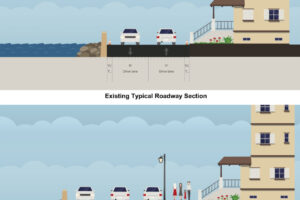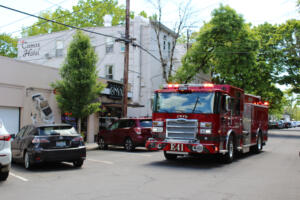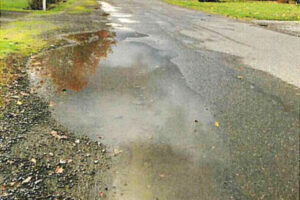The city of Washougal will continue to fund the salary and benefit costs of two new Camas-Washougal Fire Department (CWFD) positions in 2020, but has not committed to the ongoing funding of the positions in 2021 and beyond.
Instead, city leaders hope a recently released “master plan” report can provide not only a long-term solution to the CWFD’s staffing issues, but a way for Washougal to continue — and even bolster — its investments in the fire department.
Washougal leaders discussed an updated amendment to the interlocal agreement between the cities of Camas and Washougal for the operation of the CWFD at their Dec. 2 workshop. City councilors will vote on the amendment in January, city manager David Scott said.
“This amendment continues the status quo in 2020 while we digest the master plan together and figure out what our options are and how we want to move forward together,” Scott said. “We’ll continue to fund our portion of the two spots and be a good-faith partner (with the city of Camas) while we explore our future in this program.”
Citing growth, a rising demand for services and a call from local firefighters to raise staffing levels, Camas City Council members approved the addition of two new firefighters and one fire inspector in January 2019, but Washougal leaders said their city could not afford to pay their share (40 percent) of the new hires’ costs.



